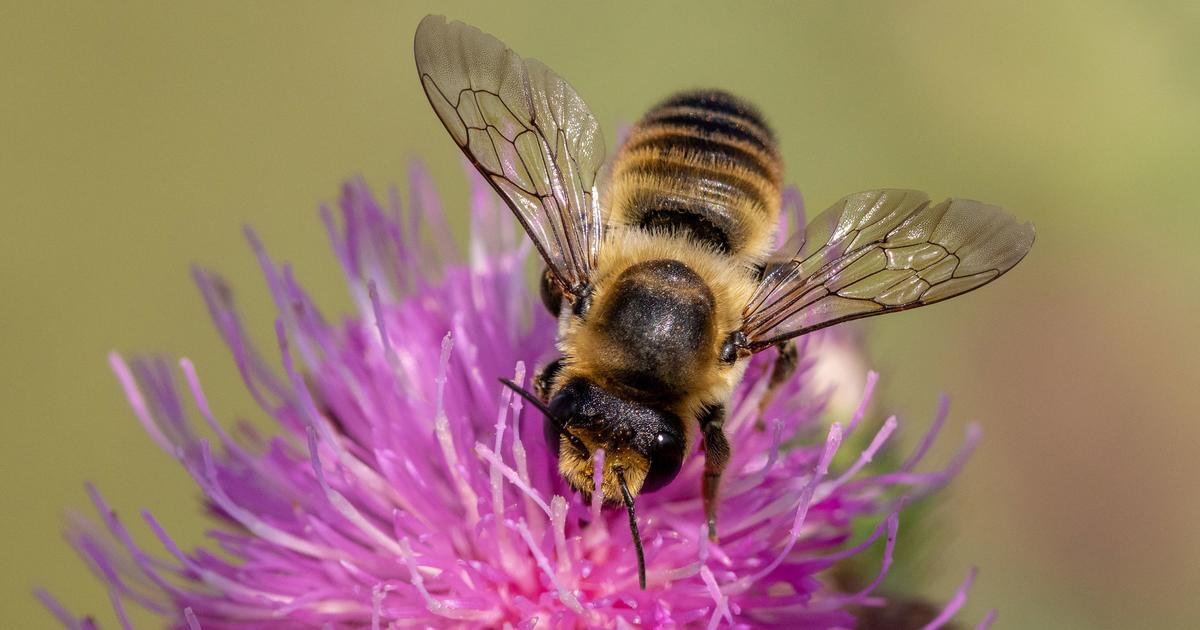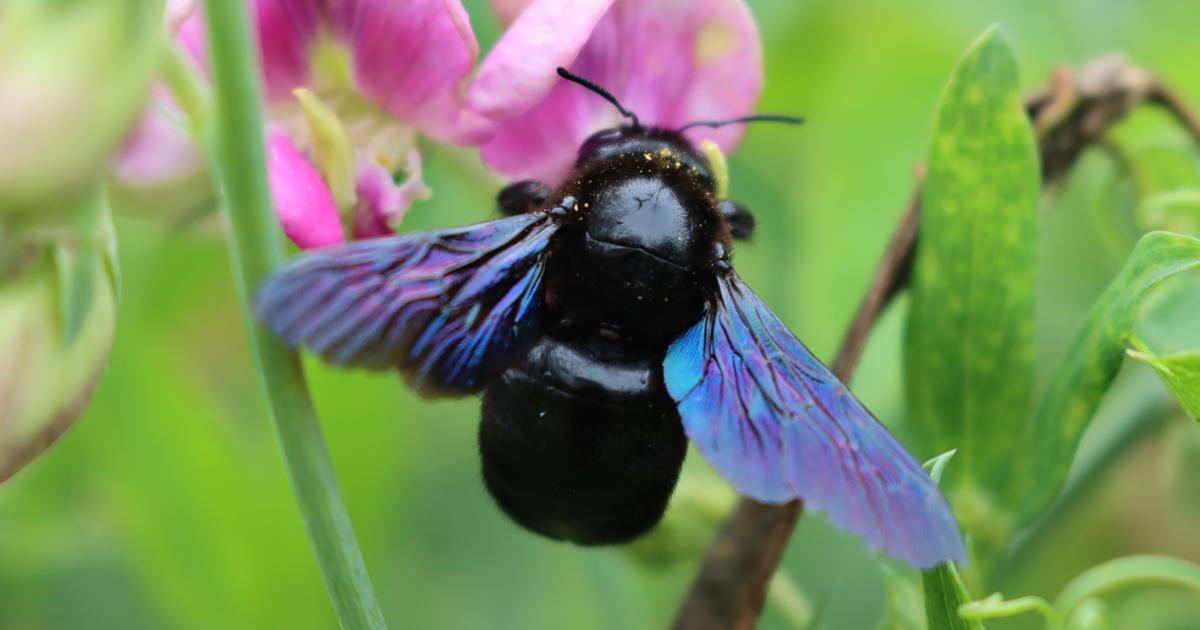The first blue carpenter bees are flying again: the largest domestic bee is back
Created: 2022-01-25 13:52
By: Franziska Irrgeher
The blue carpenter bee is back, according to the German Nature Conservation Union, the first specimens are flying again.
Insects are the largest native bees.
Berlin – Nobody who does not know a bee thinks of a bee when they see it: the blue carpenter bee looks more like an oversized fly or a black bumblebee.
However, it is known and loved by nature fans, which is why they should be all the more happy about its return at the moment.
Because the first bees are flying again.
The first blue carpenter bees are flying again: the largest domestic bee is back
Actually, only a few insects can be observed in winter, in the rather dreary season the contribution of the German Nature Conservation Union (NABU) on Instagram is just right.
Because there it was announced on 01/24/22 that the blue carpenter bee is already leaving the winter quarters here and there, as reported by 24garten.de.
The blue carpenter bee sometimes flies as early as January (symbol image).
© Steffen Schellhorn/Imago
Fans of flora and fauna have certainly heard of the animal in recent years, but not everyone sees the blue carpenter bee (Xylocopa violacea) at home.
It is also called the blue-black carpenter bee and can reach a body length of up to 28 millimeters, making it one of the largest bees in Central Europe.
In addition to its size, it is its appearance that makes it particularly interesting. The body of this bee looks almost black, the wings shimmer bluish in the light and also look dark.
The body is described by NABU as bumblebee-like and it is stated that the animal was only at home in southwest Germany for a long time.
In the meantime, however, the distribution area has increased.
The following things are important for the blue carpenter bee:
Deadwood: NABU Thuringia names parks, sparse forest edges, richly structured orchards and natural gardens as popular habitats.
Deadwood is particularly important because the bee uses deadwood as a nesting site, so ideally you should build it in your own garden.
Plants: An insect-friendly garden not only benefits the blue carpenter bee, but ultimately also birds and other animals whose diet consists of insects.
Those who specifically want to attract the carpenter bee can grow their forage plants.
According to NABU, carpenter bees are mainly found on labiates, daisies and lepidopterans.
According to the experts, if you don’t have or don’t want deadwood in your garden, you can also use suitable nesting aids.
It often happens that the blue carpenter bee is on the move so early in the year, there were sightings as early as mid-January 2021 and many a nature fan will be eagerly awaiting the first pictures of the animals.
*24garten.de is an offer from IPPEN.MEDIA.








